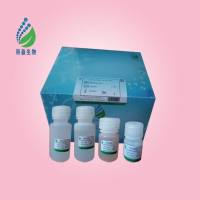Rare-Mating and Cytoduction in Saccharomyces cerevisiae
互联网
564
Rare-mating is an adaptation of techniques used for normal classical mating in yeasts. It was first used to study the switching of mating types in Saccharomyces cerevisiae by Gunge and Nakatomi (1 ), but was later adapted to the investigation of industrial yeasts that have low mating frequencies and low spore viabilities, or that do not mate or sporulate at all (2 ). The method depends on the fact that occasional mating-type switching occurs in industrial yeasts, which are normally diploids or of higher ploidy, and may display aneuploidy as well. This results in the occurrence at low frequency of mating cells, that can then conjugate with a known laboratory mating strain of either a or α mating type (or aa or αα mating type), and whose progeny then carry the auxotrophic or other markers present in the laboratory strain. In addition, the ability to sporulate, in the progeny, is often enhanced, so that genetic analysis can be carried out on the strain, and some idea of the nature of the genome of the industrial strain can be obtained.







